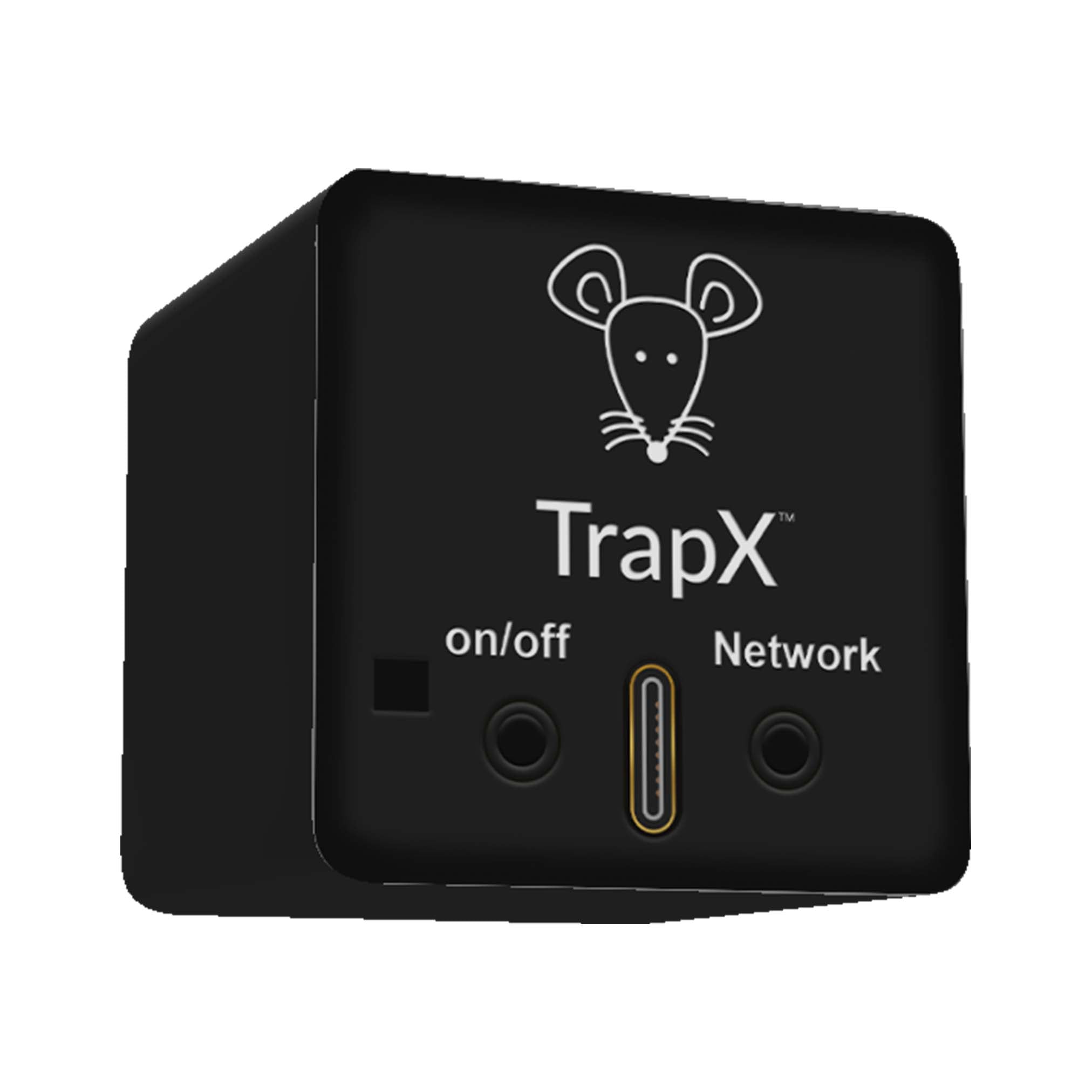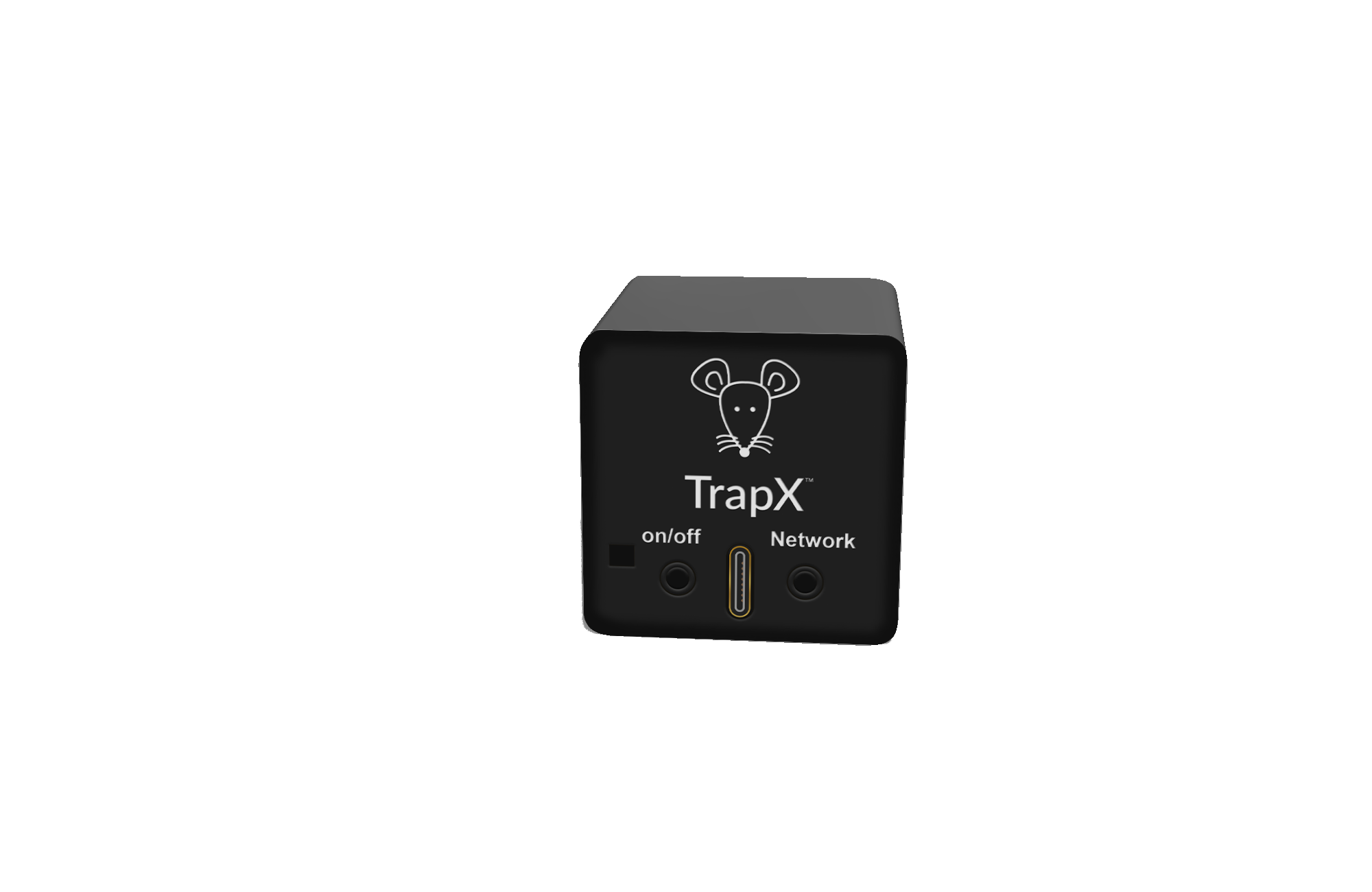Effective Ways to Use an Oil Bowl Mouse Trap at Home
Share
Having a mouse infestation in your home is not just a nuisance, but it can also pose significant health risks. One effective and humane way to tackle this problem is by using an oil bowl mouse trap. This method is not only simple but also utilizes household items you likely already have. In this article, we'll delve into the benefits and the step-by-step process to set up an oil bowl mouse trap.

Why Choose an Oil Bowl Mouse Trap?
Traditional mouse traps can be cruel and messy, often leading to a slow death for the trapped mice. In contrast, an oil bowl mouse trap provides a humane, non-lethal way to catch these unwelcome guests. Furthermore, its an eco-friendly option that doesn't involve harmful chemicals or expensive gadgets.
Eco-Friendly
The oil bowl mouse trap is an environmentally responsible way to deal with mice. It involves no pesticides or harmful chemicals, making it safe for households with children and pets.
Non-Lethal
This trap is humane, as it does not kill the mice. Instead, it catches them alive so you can release them far from your home.

Items You'll Need
- A shallow bowl or container
- Cooking oil (any type will do, but vegetable oil is commonly used)
- Some bait (e.g., peanut butter, cheese, or seeds)
- A board or ramp (to give the mice a way to reach the top of the bowl)

Step-by-Step Guide to Setting Up Your Oil Bowl Mouse Trap
Step 1: Select Your Container
Choose a shallow bowl or any container with smooth sides. The smoother the sides, the harder it will be for the mice to escape.
Step 2: Add the Oil
Pour a small amount of cooking oil into the bottom of the bowl. The oil makes it very slippery, making it difficult for the mice to climb back out once they fall in.
Step 3: Set Up the Ramp
Place a board or any makeshift ramp leading up to the edge of the bowl. This will enable the mice to climb up and fall into the trap.
Step 4: Bait the Trap
Put a small amount of bait at the end of the ramp and a little more inside the bowl. This attracts the mice and encourages them to climb up and eventually fall into the bowl.
Step 5: Monitor and Release
Check the trap frequently. Once a mouse has been caught, release it far away from your home to prevent it from finding its way back.

Tips and Tricks
Right Placement
Place the trap along walls or in areas where you've seen mouse activity. Mice usually travel along walls, so placing your trap in their common pathways increases the chances of catching them. For more tips, check out this mouse trap guide.
Use the Right Bait
Mice are attracted to high-calorie foods. Peanut butter is an excellent choice as it is sticky and aromatic. Learn more about choosing the right bait.
Regular Checks
Monitoring your traps is essential. You don't want to leave a mouse trapped for an extended period. Humane trapping means attending to your catch promptly.
Common Questions
Here are some of the most frequently asked questions about using an oil bowl mouse trap:
Is it truly humane?
Yes, the oil bowl mouse trap catches mice alive, giving you the option to release them safely back into the wild. For more information on humane traps, visit this guide to humane rodent control.
What type of oil should I use?
Any cooking oil will do, but most people prefer vegetable or canola oil.
How often should I check the trap?
At least twice a day to ensure the mice are not stressed.
Conclusion
Using an oil bowl mouse trap is a cost-effective and humane solution to dealing with a mouse infestation. This DIY method is not only easy to set up but also ensures that you can deal with the problem without harming the mice. Give this eco-friendly trap a try and say goodbye to your rodent problem in a humane and effective way. For additional information on trapping mice, check out this external guide.
For more tips on humane pest control methods, check out this link.
As an Amazon Associate, I earn from qualifying purchases.
